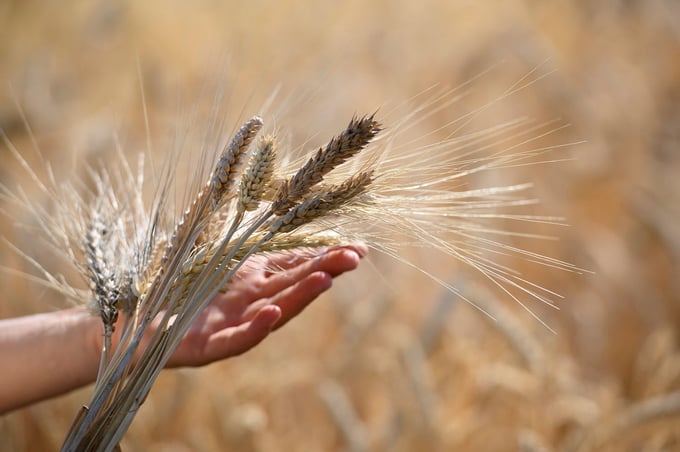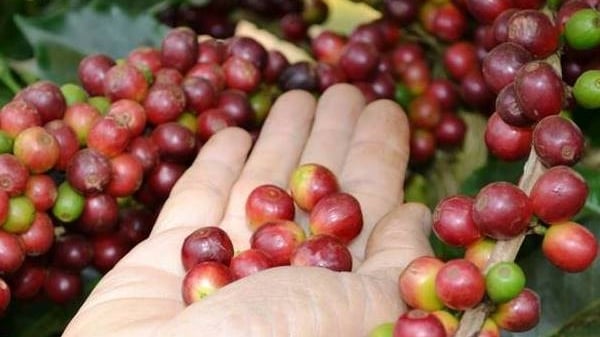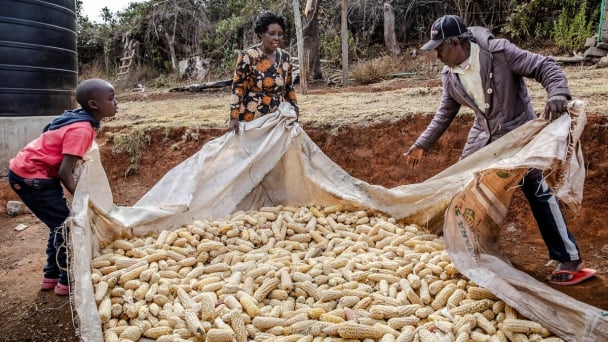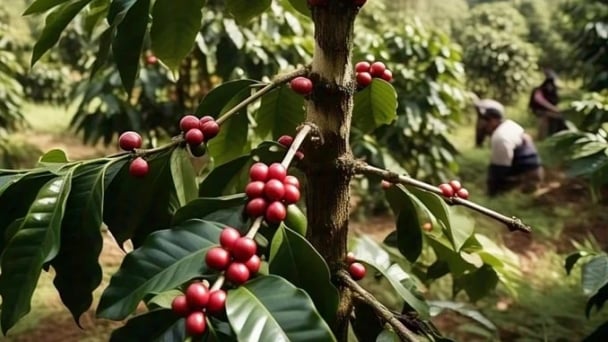June 18, 2025 | 04:50 GMT +7
June 18, 2025 | 04:50 GMT +7
Hotline: 0913.378.918
June 18, 2025 | 04:50 GMT +7
Hotline: 0913.378.918

Wheat in Serbia.
The benchmark for world food commodity prices declined in December compared to the previous month, led down by a drop in international sugar quotations, the Food and Agriculture Organization of the United Nations (FAO) reported Friday.
The FAO Food Price Index, which tracks monthly changes in the international prices of a set of globally-traded food commodities, averaged 127.0 points in December, down 0.5 percent from November and up 6.7 percent from December 2023.
For 2024 as a whole, the index recorded 122.0 points, 2.1 percent lower than the average value in 2023, offsetting significant decreases in quotations for cereals and sugar with smaller but not insignificant increases in prices for vegetable oils, dairy, and meats.
The FAO Cereal Price Index in December was relatively unchanged from November and 9.3 percent below its year-earlier level, as a marginal uptick in maize quotations offset a drop in those for wheat. For 2024 as a whole, the FAO Cereal Price Index averaged 113.5 points, down 13.3 percent from the 2023 level, marking a second annual decline from the 2022 record level.
The FAO All Rice Price Index rose by 0.8 percent from its average 2023 level, representing a 16-year high in nominal terms.
The FAO Vegetable Oil Price Index in December declined by 0.5 percent from November though still 33.5 percent higher than its year-earlier level. For 2024 as a whole, the FAO Vegetable Oil Price Index averaged 9.4 percent higher than in 2023 amid tightening global supplies.
The FAO Meat Price Index, in contrast to other subindices, rose by 0.4 percent in December from November, ending a three-month declining trend, and stood 7.1 percent above its December 2023 value. In 2024 as a whole, the FAO Meat Price Index was 2.7 percent above its 2023 average, with higher quotations for bovine, ovine, and poultry meats offsetting declining international prices for pig meat.
The FAO Dairy Price Index declined after seven consecutive months of increases, dipping by 0.7 percent from November although still 17.0 percent above its December 2023 value.
For 2024 as a whole, the FAO Dairy Price Index averaged 4.7 percent higher than in 2023, due mainly to surging butter prices.The FAO Sugar Price Index led the monthly decline, dipping by 5.1 percent from November amid improving sugarcane crop prospects in the main producing countries to stand 10.6 percent below its December 2023 level. For 2024 as a whole, the FAO Sugar Price Index averaged 13.2 percent lower than for 2023.
(FAO)

(VAN) Japan will release another 200,000 metric tons of rice from its emergency stockpile to tackle a doubling of prices since last year, Agriculture Minister Shinjiro Koizumi said on Tuesday.

(VAN) Coffee prices on June 13 declined sharply for Arabica. Domestic coffee market in Vietnam dropped by VND 2,000, trading at VND 111,500 – 112,300/kg.

(VAN) Coffee prices on June 12, 2025, continued to fall. Domestically, coffee prices decreased by another VND 2,000, trading at VND 111,500 – 112,300/kg.

(VAN) Coffee prices on June 11, 2025, fell sharply across global markets. Domestic coffee market dropped by VND 700, to the range of VND 113,500 – 114,300/kg.

(VAN) Coffee prices on June 10 2025, rose sharply worldwide for Robusta. Domestic coffee market increased by VND 800, reaching VND 114,200 – 114,800/kg.

(VAN) New FAO forecasts point to record global cereal output with a partial rebound in stocks and trade.

(VAN) Coffee prices on June 9, 2025, in domestic and global markets remain unchanged. Domestic coffee market is currently trading at VND 113,500 – 114,000/kg.